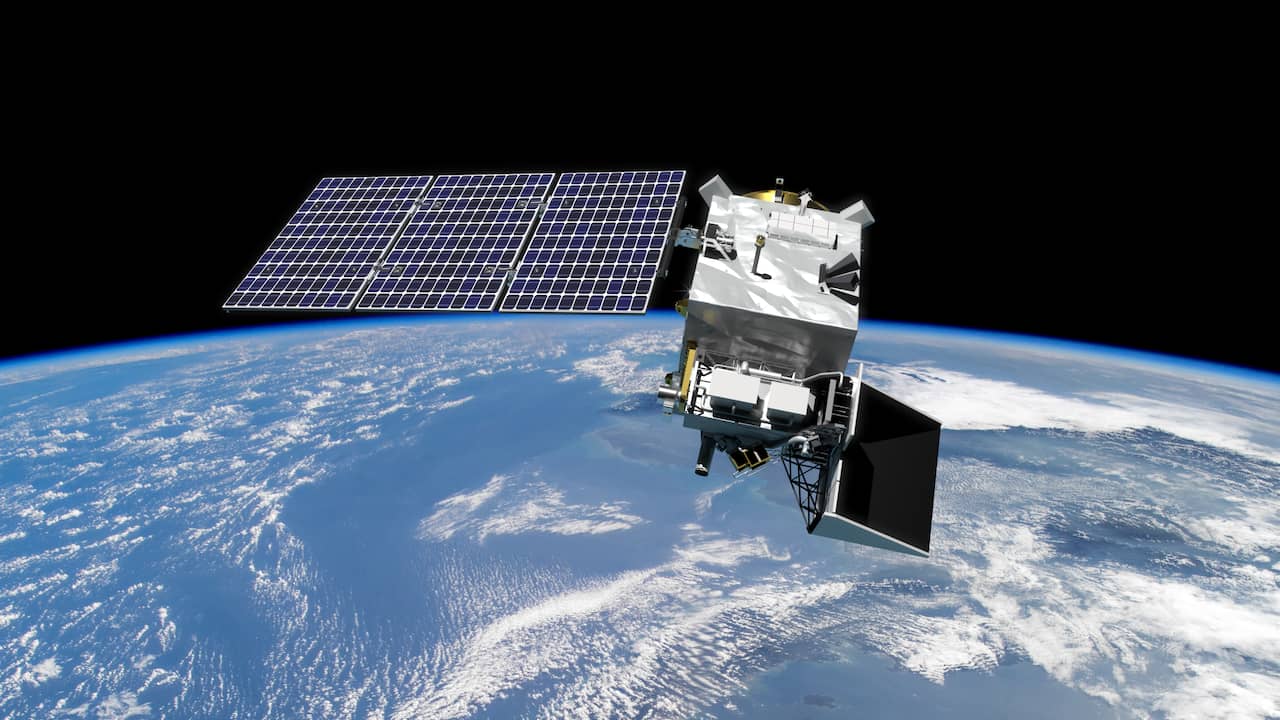The science tour de force, called SPEXone, was presented Friday at the space center's Leiden home base. SPEXone is about the size of a large shoebox and will take measurements of so-called aerosols in the Earth's atmosphere.
These are small particles produced by air pollution from airplanes, factories, and forest fires, among other things. These particles can have a cooling effect, counteracting global warming caused by greenhouse gas emissions.
Some scientists believe that global warming will accelerate dramatically in the coming years because we have succeeded in significantly reducing air pollution in China and on shipping routes. Hence, the cooling effect of aerosols will become less, and “real” climate change will become more pronounced.
But much is still unknown about the amount of aerosols in the atmosphere and their precise composition. Estimates of their impact on global temperatures still vary widely, from almost nothing to 1 degree Celsius.
According to the UN Climate Panel, the intergovernmental body on climate change, the effects of aerosols and clouds are the biggest uncertainties in estimates of the temperature increases we can expect from greenhouse gas emissions.
SPEXone will provide more information about the different types of aerosols in the air and their impact, says Otto Hasekamp, the lead researcher behind the tool. “These are exactly the pieces of the puzzle we are missing to better map the cooling effect.”
It will take at least a year before the satellite collects enough useful information. This is then combined with other climate measurements and models to assess the effect of fine particle cooling. “I hope that with all this information, we can reduce the uncertainty by a factor of two,” Hasekamp says.
“Almost a work of art”
The measurement tool has been in the works for years, largely during the coronavirus pandemic. It was delivered to NASA in early 2021, after which the long wait for launch began. “It's almost a work of art. I'm very proud of that,” says Aldert van Amerongen from SRON.
The small SPEXone modules connect precisely to each other and work optimally together, making measurements ten times more accurate than previous satellites. “This will really allow us to take a big step in climate research,” says van Amerongen.
“This is a quantum leap in our ability to study our home planet,” NASA's Jeremy Werdel said. According to him, it is almost a shame to send the genius satellite into space. “It was nice to see her for the last time a few days ago. But we said our goodbyes and wished her well.”
Wetenschappers leggen de laatste hand aan de PACE-satelliet van NASA.
Foto: NASA / Goddard Space Flight Center
The satellite will also study oceans and clouds
SPEXone is one of three measuring instruments carried by NASA's new satellite. Other instruments will take measurements of clouds and oceans. Taken together, the data from the satellite should provide a better picture of our entire climate system.
If weather conditions are good, the satellite will be launched on Tuesday morning. Then he boards a rocket sent into space by the space company SpaceX from Florida.








More Stories
GALA lacks a chapter on e-health
Weird beer can taste really good.
Planets contain much more water than previously thought